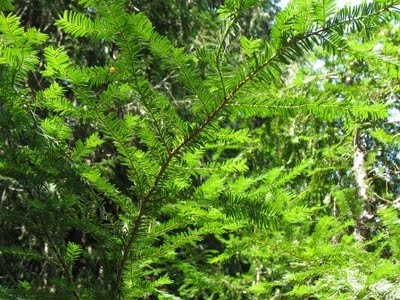ImmuneXL Research
Taxus brevifolia commonly know as Pacific yew, is a member of (Taxaceae) is an infrequently occurring tree species in the understory of Pacific Northwest forest. Over 100 compounds with taxane skeleton have been isolated from the tissues of T. brevifolia and other Taxus species. Its total organic synthesis presents a considerable challenge because of its high functionalization, and its complex and unusual ring structure. Research shows that the Pacific Yew (Taxus brevifolia) is a rich source of beneficial phyto-chemicals (plant compounds and phytosterols) that are know to be health promoting. Those constituents are concentrated in the branch tips during the growing season which is the harvesting period.
Compounds include: taxanes (also known as diterpenes), which are unique to the Pacific Yew tree, lignans (lariciresinol and taxiresinol), which have been found to exert significant antibacterial, antifungal, antiviral activities. Flavonoids (quercitin, rhamnetin, sciadopitysin, kaempferol, amentoflavone, sequoiaflavano, sotetsuflavone, ginkgetin, taxifolin - recognized for anti-inflammatory, anti-allergenic,) antiangiogenic, immunomodulatory, antiviral and antibacterial properties. Flavonoids also act as a powerful antioxidant, providing protection against free radicals. Phytosterols include beta-sistosterol, daucosterol, ponasterone-A.
In total, the constituents in the legendery Pacific Yew tree have been scientifically proven to provide specific action that my influence certain health problems.
\ 
|
|
|